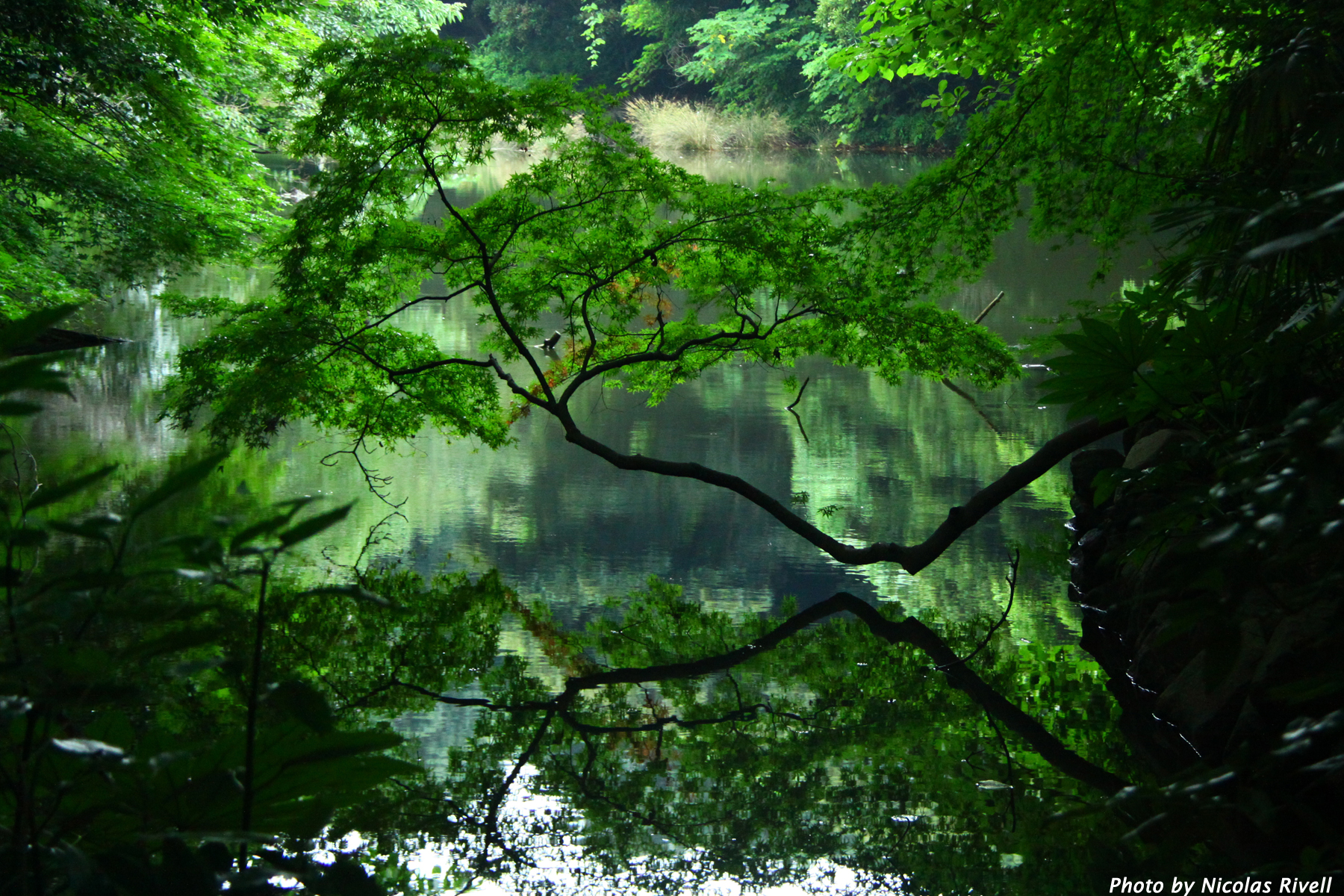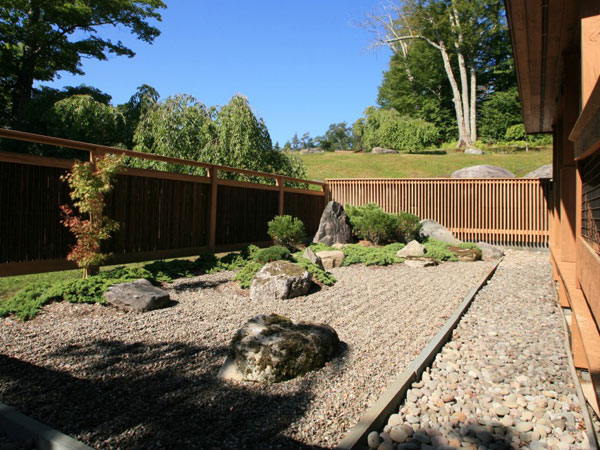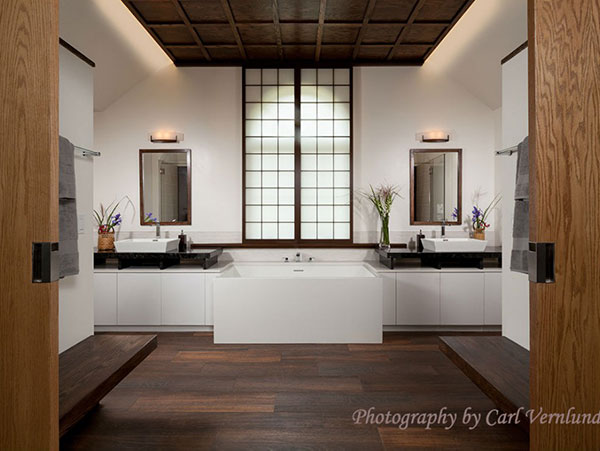What kind of images will you have in your mind when you hear the word, quiet?
I have recently been reading the book “Quiet” by Susan Cain, which prompted me this question. My quick search of this word on Google Images showed me, as I thought it might, many images of Japanese landscape and architecture. Why?
Cain’s book gives us a hint on why modern American spaces do not show up on Google to represent quietness. Cain, by quoting from Warren Susman, says that “Every American was to become a performing self” in the early 20th century.
If everyone is a performer, then the space around you is a stage set to make your performances impressive, I thought. The role of space, then, is not to make you feel calm and quiet. It should arouse you to perform better. No wonder the space like that does not look quiet, especially in the city where you must perform more efficiently.
Traditional Japanese architecture and gardens are different. When you are in them, you are either an observer or a part of the space itself. The space is designed to make you so.
When you walk on the stepping stones of the Japanese garden, you cannot perform at your will. The stones are carefully laid out to slow you down, so that you would become a part of the space and time. In the same way, when you come to the outer edge a Japanese temple, a covered deck (en) is always there to slow you down, make you sit down, and observe the garden.
In a sense, it is the space, not you, who has the leading role in a performance of this world. But it is does not put a leash on you. The Japanese kind of space put its hand softly on your shoulder to stop for a moment and sit down with it. Then, you feel quiet. (Y)
Update: If you want to know more about sound (or lack of it) and space, please also visit the following articles:
- Are Online Meetings Noisy?
- Hearing – Part 1: Five Senses and the Work Environment (on the Mirai Work Space web site which PED co-founded.)



